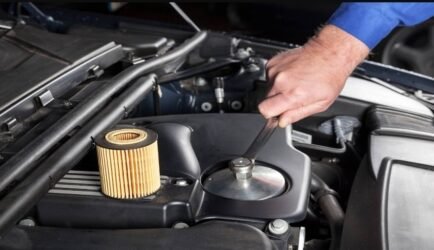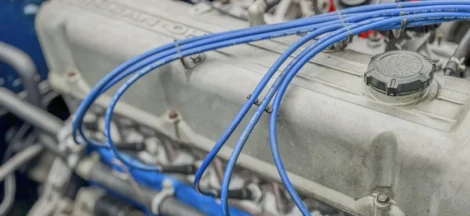Choosing the right filters for car maintenance could be as easy as looking at your owner’s manual and following the manufacturer’s recommendations. However, depending on the filter you need to replace, there are additional considerations. Motor oil, for instance, keeps your engine lubricated and running smoothly. Oil filters remove contaminants from the lubricant, but they only work if they are the right ones for your vehicle. Oil filters have different qualities. It is essential to know the various options before making your final choice.
Capture Efficiency
When comparing oil filters, look at the capture efficiency rate. This is the percentage of particles of a particular size that were retained by the filter on the first pass. This information is vital because contaminants that go through the filter will make their way into your engine and possibly cause serious problems. The higher the capture efficiency, the cleaner your oil and engine. Read more about Best Place to Find Used Car Dealership.
Oil Filter Capacity
Regarding capacity, consider this: What does an oil filter do? It filters out debris in car lubricants, particularly motor oil. When collecting all this debris, the filter becomes clogged and cannot remove any other particles. The bypass valve is then triggered to allow the oil pump to push through the oil instead. However, this oil is unfiltered, so the dirt then gets into the engine and causes issues, such as engine overheating, oil pressure drops, a decline in performance and problems with the motor. This scenario can happen quicker if you travel where it is dusty or on gravel or dirt roads. The more debris the oil filters can hold, the less often you will need to replace your filters. If you have a diesel engine, your filter’s capacity is probably larger since there is more soot produced.
Filter Size
The size of a filter is not determined by its outside dimensions. This refers to the size of the holes in the filter media, which is the material that filters out the particles. The measurement used is microns. The micron size that causes the most engine damage is between 5 and 20 microns, with 80% of the dust on the roads measuring smaller than 25 microns. When the filters have smaller microns, they filter out more contaminants. However, this means the filter will be more expensive. How often you change your oil filter will determine if the added cost is beneficial to your vehicle.
Rate of Flow
The flow rate is how much oil goes through the filter. With a small micron filter, less debris gets through to the engine. However, if the filter size is too tight, then you stand a chance of not letting enough oil pass through. This can cause serious issues, such as making the oil pump work harder to get enough oil and running the risk of engine parts causing friction and grinding. Be sure to get your car’s correct oil filter to ensure proper functioning. Regular vehicle maintenance with the appropriate filters will help your vehicle last longer and run better.





 Get The Professional Mattress Machinery From Zhonglian
Get The Professional Mattress Machinery From Zhonglian